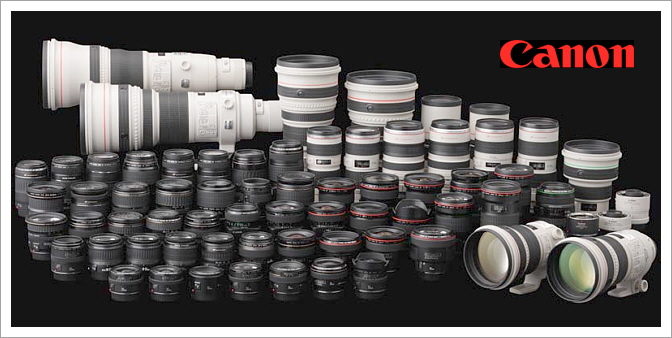Before 1900's
Photo by: Matthew Brady
Image Source: http://www.latinamericanstudies.org/union-officers.htm
Year Taken: 1864
Texture: The texture of the tree that he is leaning against gives a picture a 3D feeling
Rule of Thirds: The main subject is in the right third of the photo so the main attention is to him.
Background: The background of the photo does not compete for attention with the main subject but it is a little out of focus bringing out the main subject.
The reason why I chose this picture was because I have been always interested in the work of Matthew Brady and wanted to see more of his photos and this one stood out because it was portrait of a major general, but the photo was not done in a studio but rather in simple outside environment which made the picture very interesting and appealing to me.
1900-1950
Photo by: Malcolm Browne
Year Taken: 1950
Obvious Main Subject: The main subject takes about 2/3 of the picture therefore the first and the main attention is set to him.
Exposure Time: This is a very fast shutter photo because it freeze-frame the moment when the gasoline ignites and creates a fire plume
Subjects Expression: The expression on the monk's face is full of pain but also showing that he is doing this for a cause to stop the war effort in his country.
I chose that picture because I have seen this photo in a history book before and it always have fascinated me on the talent of the photographer to capture the image just at the right second to create such a powerful image that is still alive today. Also this tells me that some people are willing to go a long way just to get their point across to the public.
1950-2013
Photo By: Richard Drew
Date Taken: September 11, 2001
Keep it simple: The background is very simple giving the main focus to the falling person
Use of Lines: The vertical lines help to indicate that the person is falling down from a higher place
Contrast: The dark and light areas of the tower give the photo it's 3D feel and look. The rectangular beams are more realistic and visible with the contrast of dark and light area.
The reason why I choose this picture because of the way it was captured. Richard Drew took the photo just at the right time to photograph a helpless guy falling to his death. This picture makes me question myself and wonder what would I have done in his place? Stay in the building knowing that you will burn alive, or jump out the window knowing that you wont make it down to the ground alive. That is an impossible choice that those people had to make and it is fascinating that Richard Drew captures that moment.









